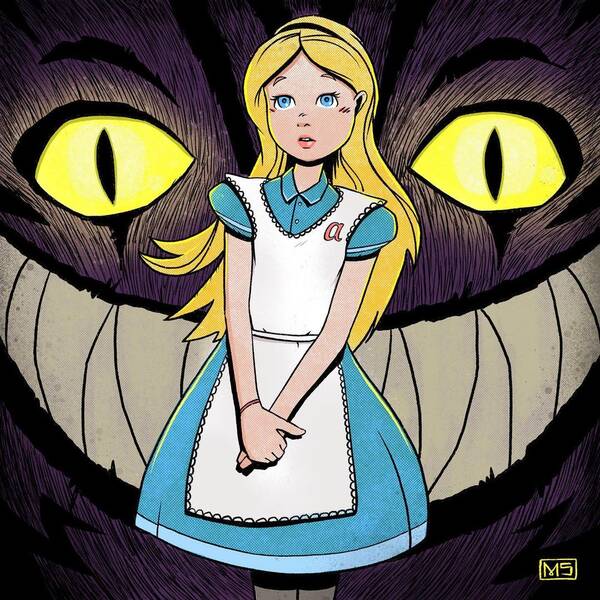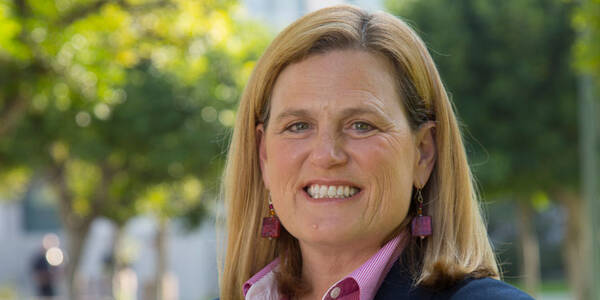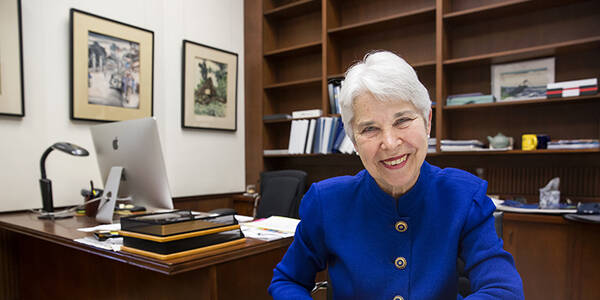podcast / illustration / president
October 12, 2021
Produced by: Christine Spines
Change Lab Podcast Episode 49
Mike Shinoda on the alchemy of making music and art
To call Mike Shinoda a rock star would be technically accurate. And yet it would also be incomplete. Sure, he’s spent the better part of two decades building a catalogue of chart-topping albums as the lead singer and driving force behind Linkin Park (one of the best-selling bands of the 21st century) while making time for side hustles like Fort Minor (his hip hop project) and a thriving career as a solo artist.

ArtCenter set me up to do the creative work I do today
Mike Shinoda

But that list of achievements doesn’t even begin to capture the scope of his creative versatility.
Mike began honing his creative multitasking abilities while studying Illustration at ArtCenter, where he divided his time between the painting studio and band practice. In the years that followed, he dedicated himself to expanding his creative reach with side hustles that included a Grammy-winning collaboration with Jay-Z and a prolific visual arts practice designing album covers and merchandise as well as a series of painting shows he exhibited in major museums and galleries.
But for all his myriad achievements, what stands out most about Mike is the unique quality of attention and intention that he brings to everything he does. We were only a few minutes deep into our conversation when it became clear that I was in the presence of a rare breed of artist who is uniquely curious about the mysterious forces at play in his own creative process.
Over the course of his lively Change Lab interview, Mike gamely expanded upon his challenges and breakthroughs as a songwriter (with a vital assist from producing legend Rick Rubin), his use of doodling to access certain parts of his creative brain and his conviction that creativity has more in common with fishing than one might think. “You go to the place you create, spend time there and generate a lot of garbage, “ he said with a laugh. “And then, eventually, you catch something.”












